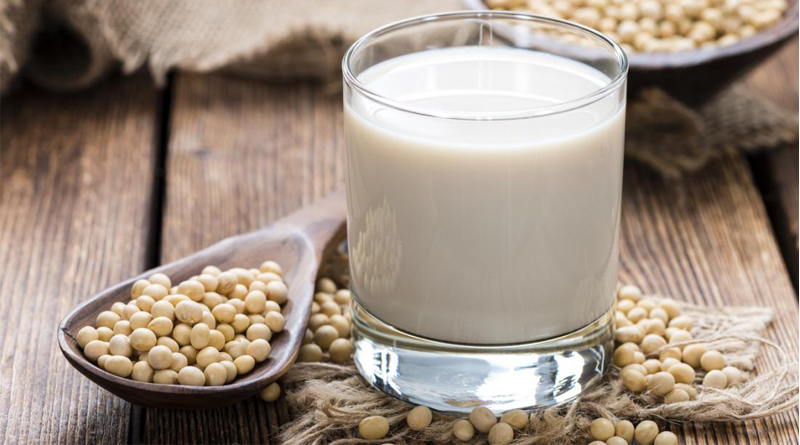The market for dairy alternatives continues to rise, but creating appealing, creamy textures that mimic traditional yoghurt or cheese can be a major stumbling block. For suppliers, this challenge has become fertile ground for innovation.
The market for products like non-dairy beverages, frozen desserts, and vegan cheese and yoghurt alternatives has skyrocketed in recent years. In Western Europe alone, more than 2,500 vegan alternatives to dairy products have been launched in the past decade, according to Innova Market Insights.
Taste – alongside price, nutrition and convenience – is among the most important factors influencing food choices, but much of what consumers think of as ‘taste’ is inextricably linked to texture. Flavour is one thing, but manufacturers must also pay attention to whether a yoghurt substitute is grainy or too watery, or how a vegan ice cream alternative melts in the mouth.
The problem often stems from the different proteins in plant-based products. Whether they are made from pulses, nuts or cereals, their proteins do not have the same functionality as those from dairy.
A recent report from Palsgaard highlights functional problems with dairy alternative drinks, and says stability is among the most prominent challenges, including issues such as sedimentation and separation. It suggests using emulsifiers like vegetable fats and oils to emulate the texture of dairy proteins, while stabilisers can help improve viscosity and mouthfeel.
However, the way in which such systems are used depends on the base ingredients, whether soy, rice, or almond, for example, and whether the recipe calls for a paste, powder or liquid.
Hydrosol, part of the Stern-Wywiol Group, has also responded to rising demand in this area with stabilising and texturing systems that mimic the properties of a wide range of cow’s milk products. These include fermented desserts based on alternatives like almond milk, and a system of modified starch, hydrocolloids and plant fibres, which can be modified to emulate the texture of yoghurt. The company also provides alternatives to cream cheese that can be used as a base for vegan cheese alternatives, and ingredient systems to create creamy soft-melt vegan ice creams.
Meanwhile, DuPont Nutrition & Health is working with protein blends to improve product taste and texture. Blending pea and soy protein, for example, may help manufacturers minimise chalkiness and improve solubility, while creating a better flavour than either could deliver on its own.
Source: Ingredients Network








